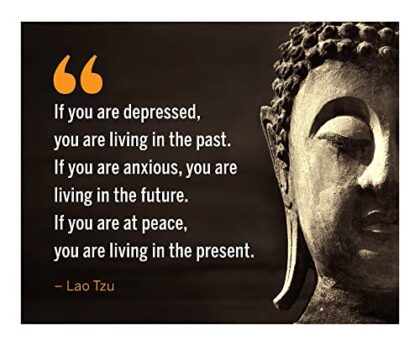Are you ready to embark on a beautiful journey of self-expression through art therapy coloring? This step-by-step guide is here to help you share your creative process with others. Art therapy coloring books provide a safe and nurturing space for you to explore your emotions, reduce stress, and find inner peace. By following this guide, you will discover simple yet effective ways to share your coloring journey with loved ones, friends, or even a wider audience. Let your artwork become a source of inspiration and healing for others as you embrace the power of art therapy coloring.
- Unleash Your Creativity and Find Inner Peace
- 1. Choose your favorite coloring book
- 2. Gather your coloring supplies
- 3. Create a comfortable space
- 4. Start coloring with intention
- 5. Experiment with different techniques
- 6. Reflect on your artwork
- 7. Share your art online
- 8. Host an art therapy coloring session
- 9. Organize an art exhibition
- 10. Teach an art therapy coloring workshop
- Embrace the Power of Connection
Unleash Your Creativity and Find Inner Peace
1. Choose your favorite coloring book
To choose your favorite coloring book, start by selecting one that resonates with you and inspires your creativity. Look for themes, patterns, or designs that you connect with on a personal level. For example, if you love animals, you might enjoy a coloring book filled with intricate drawings of your favorite creatures. If you have a passion for nature, seek out a book featuring beautiful landscapes or botanical illustrations. By choosing a coloring book that speaks to your interests, you’ll find joy and fulfillment in every page you color.
2. Gather your coloring supplies
To gather your coloring supplies, start by collecting colored pencils, markers, or crayons. Make sure you have a variety of colors to bring your artwork to life. Sort through your collection and arrange them neatly on your workspace, making it easier to find the colors you need. Remember to sharpen your pencils and check if your markers or crayons are in good condition. Having all your coloring tools ready will help you create vibrant and beautiful artwork.
3. Create a comfortable space
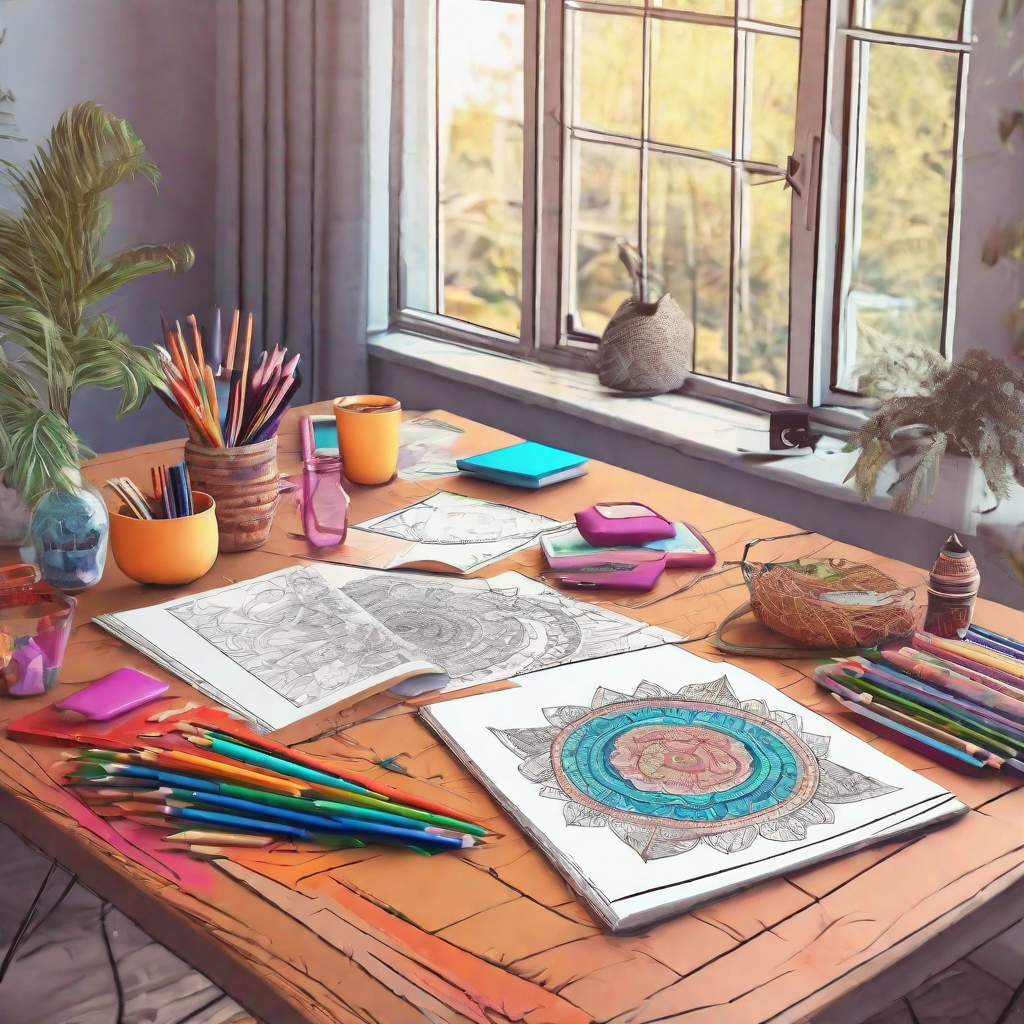
To create a comfortable space for your coloring journey, start by setting up a cozy and well-lit area. Find a spot where you can relax, such as a corner of your living room or a quiet nook in your bedroom. Arrange a comfortable chair or cushions to sit on, and ensure that the lighting is adequate for coloring without straining your eyes. For example, you could place a lamp with a warm, soft glow nearby. Once you have chosen your space, organize your coloring supplies within easy reach. This will help you avoid distractions and keep your focus on the coloring experience. You could consider using a small table or a tray to keep your coloring books, pencils, markers, or any other materials neatly arranged. By creating a cozy and well-organized space, you can fully immerse yourself in the joy of coloring.
4. Start coloring with intention
To start coloring with intention, begin by setting a specific goal or intention for your artwork. Think about the emotions, thoughts, or experiences you want to express through your coloring. Here’s how you can get started:
- Choose a theme: Select a theme or idea that resonates with you. It could be something as simple as “joy” or “peace,” or something more specific like “nature” or “love.”
- Select your colors: Consider the emotions or moods associated with different colors. For example, warm colors like red and orange can evoke feelings of energy and passion, while cool colors like blue and green can create a sense of calmness and tranquility. Choose colors that align with the intention you have set.
- Follow your intuition: Trust your instincts and allow your intuition to guide you. Don’t worry too much about staying within the lines or making things look perfect. Let go of any expectations and let your intuition lead the way.
- Experiment with techniques: Explore different coloring techniques to further enhance the expression of your intention. You can try blending colors together, adding shading or highlights, or using different strokes and textures. Play around and see what resonates with you.
- Reflect on your creation: Once you have finished coloring, take a moment to reflect on your artwork. Notice how your intention has been expressed through your choice of colors, strokes, and overall composition. Take note of any insights or emotions that arise from this process.
Remember, coloring with intention is a personal and creative journey. Allow yourself to fully immerse in the experience and embrace the therapeutic benefits of coloring. Enjoy the process and let your intentions come to life on the page.
Step-by-Step Guide Meditative Coloring
5. Experiment with different techniques
To expand your coloring repertoire, try exploring various techniques such as shading, blending, and adding texture. Here are some steps you can follow:
- Shading
- Start by selecting a base color for your illustration.
- Identify the light source in your drawing and imagine where the shadows would fall.
- Use a darker shade of the base color to add depth and dimension to those areas.
- Gradually build up the shading by layering lighter and darker tones to create a realistic effect.
- Blending
- Choose two or more colors that you want to blend together.
- Apply the first color lightly on the paper.
- Layer the second color on top, gradually increasing the pressure to blend the colors smoothly.
- Repeat the process with additional colors, if desired, until you achieve the desired blended effect.
- Adding Texture
- Experiment with different tools such as brushes, sponges, or even unconventional objects like toothbrushes or crumpled paper.
- Dip your chosen tool in paint or ink and apply it to your illustration.
- Vary the pressure, direction, and speed of your strokes to create interesting textures and patterns.
- Don’t be afraid to mix different textures within your artwork to add depth and visual interest.
Remember, the key is to explore and try different approaches to discover what resonates with you. Embrace the process of experimenting and let your creativity flow. Happy coloring!
6. Reflect on your artwork
Reflect on your artwork by taking a moment to contemplate your coloring creations. Pay close attention to how they make you feel and the messages they convey. Journal or write down any insights that arise during this reflection process. This will help you gain a deeper understanding of your own artistic expression and the emotions it evokes.
7. Share your art online

Consider sharing your artwork on social media platforms or art communities. Use hashtags to connect with others who appreciate art therapy and receive feedback and support.
To share your artwork on social media platforms, follow these steps:
- Select the social media platform(s) you want to use. Popular options include Instagram, Facebook, and Twitter.
- Create an account if you don’t already have one.
- Upload your artwork by clicking on the “+” or “Upload” button on the platform.
- Add a caption that describes your artwork, includes relevant hashtags, and mentions any art therapy elements.
- Use hashtags related to art therapy, such as #arttherapy, #healingthroughart, or #expressiveart, to connect with others who share similar interests.
- Engage with the art community by commenting on and liking other artists’ work. This will help build connections and may lead to feedback and support.
To share your artwork on art communities, follow these steps:
- Search for art communities online that align with your interests and goals. Websites like DeviantArt or Behance are popular choices.
- Create an account if necessary.
- Upload your artwork by following the platform’s specific instructions.
- Provide a title and description for your artwork, highlighting any art therapy aspects.
- Engage with other artists by exploring their work, leaving thoughtful comments, and participating in community discussions.
- Share your artwork on relevant groups or forums within the art community to reach a wider audience and receive feedback.
Remember, sharing your art online is a great way to connect with like-minded individuals, receive valuable feedback, and support others who appreciate art therapy.
8. Host an art therapy coloring session

Invite friends, family, or colleagues to join you in an art therapy coloring session. Create a safe and nurturing environment where everyone can express themselves freely. Set a date and time for the session and send out invitations to your chosen group. Gather coloring materials such as coloring books, crayons, colored pencils, and markers. Prepare a comfortable space with ample seating and good lighting. Encourage everyone to relax and let their creativity flow as they color. Provide soothing background music and consider offering refreshments to enhance the experience. Engage in conversation about art and emotions, and be supportive as participants share their creations. Thank everyone for attending and express gratitude for their willingness to explore art therapy together.
9. Organize an art exhibition
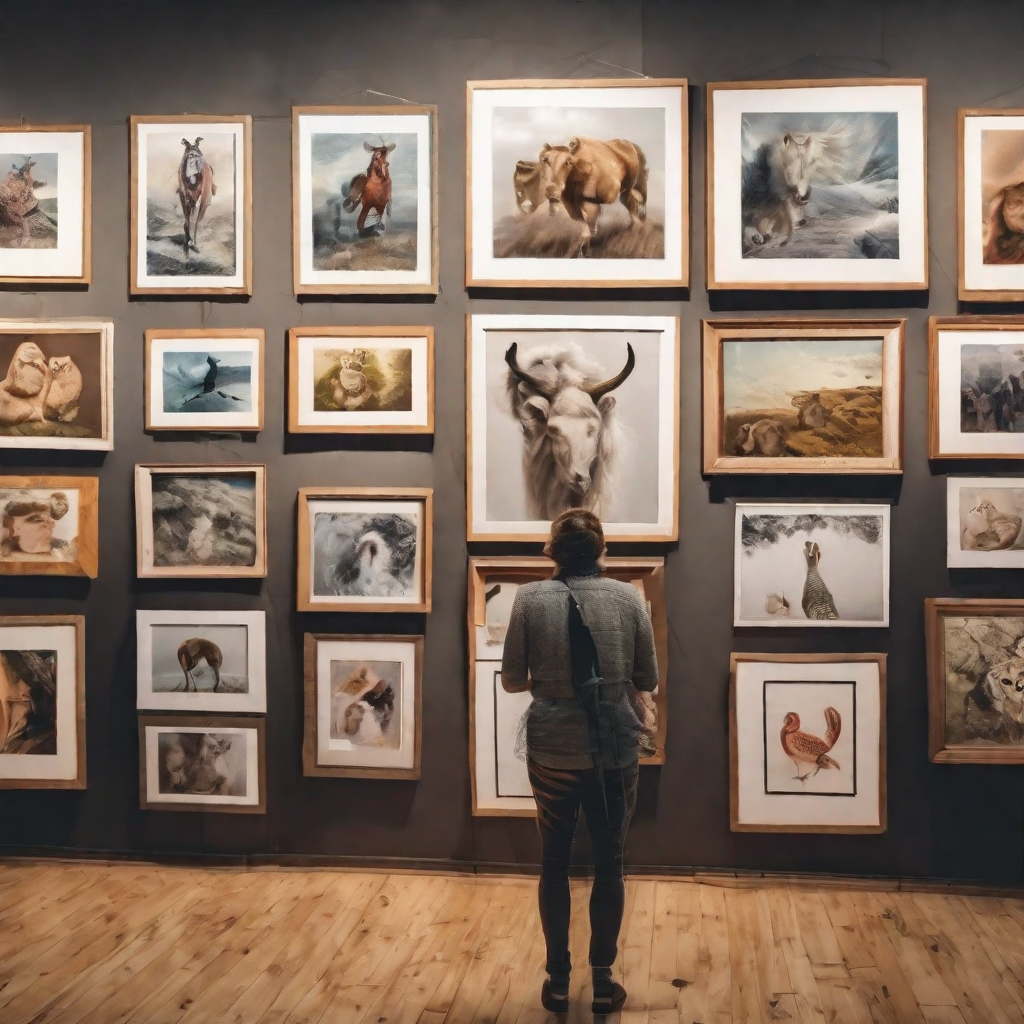
- Start by selecting a suitable venue for your art exhibition. Look for spaces such as art galleries, community centers, or even outdoor locations that can accommodate your artwork.
- Prepare your artwork for display by framing or mounting it. Consider using professional frames to enhance the visual impact of your pieces.
- Create promotional materials such as posters, flyers, and social media posts to spread the word about your exhibition. Include enticing images of your artwork to grab people’s attention.
- Set up the exhibition space by arranging your artwork in a visually appealing manner. Consider grouping pieces by theme or color to create a cohesive display.
- On the day of the exhibition, greet visitors warmly and encourage them to explore the artwork. Provide information about each piece, including the inspiration behind it and any therapeutic benefits you experienced while creating it.
- Offer interactive elements at the exhibition, such as coloring stations or art therapy workshops, so that visitors can engage with the healing power of coloring firsthand.
- Finally, gather feedback from visitors to understand their experience and to further improve future exhibitions. Use comment cards or online surveys to collect their thoughts and suggestions.
Remember, organizing an art exhibition can be a fulfilling experience that not only showcases your artwork but also allows others to experience the therapeutic benefits of coloring. Enjoy the journey and embrace the opportunity to connect with others through your art.
10. Teach an art therapy coloring workshop
Share your knowledge and passion for art therapy coloring by conducting workshops. Guide others in exploring their creativity and using coloring as a therapeutic tool. Start by introducing the concept of art therapy and its benefits, emphasizing how coloring can be a form of self-expression and stress relief. Provide examples of different coloring techniques and encourage participants to experiment with various mediums such as colored pencils, markers, or watercolors. Demonstrate different coloring exercises, such as mandala coloring or free-form drawing, and explain how they can be used for relaxation or emotional processing. Encourage participants to share their experiences and feelings throughout the workshop, fostering a supportive and non-judgmental environment. Finally, conclude the workshop by discussing the potential long-term benefits of incorporating art therapy coloring into their daily lives.
Embrace the Power of Connection
In conclusion, sharing your art therapy coloring journey with others is not only a way to express your creativity, but also a powerful tool for personal growth and collective healing. By opening up and sharing your artwork, you invite others to connect with your emotions and experiences, fostering empathy and understanding. The act of sharing not only benefits you but also creates a sense of community, where everyone can support and uplift each other. So, don’t hesitate to share your art therapy coloring journey with others. Your art has the power to touch lives and make a difference. Keep coloring and keep sharing!


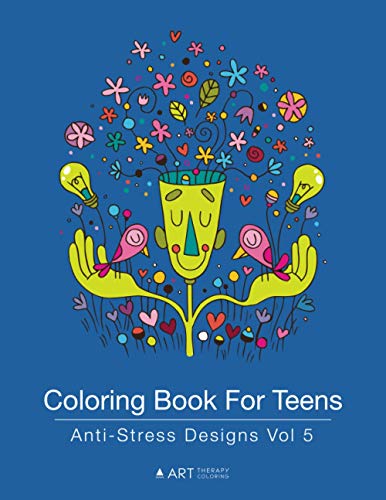
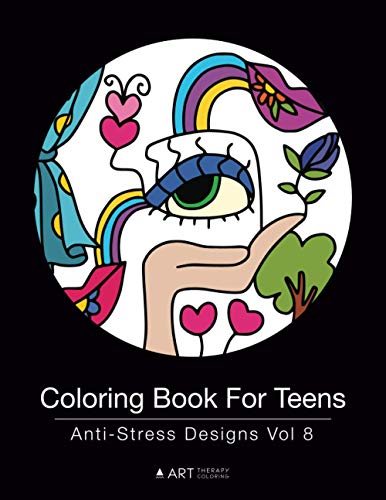
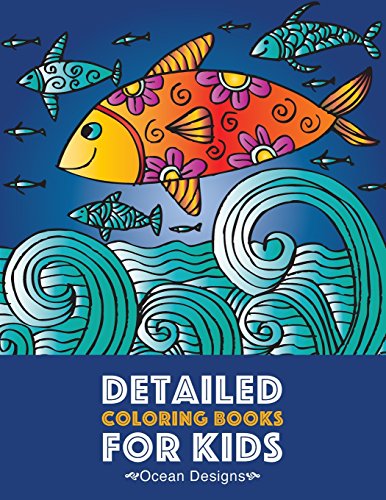
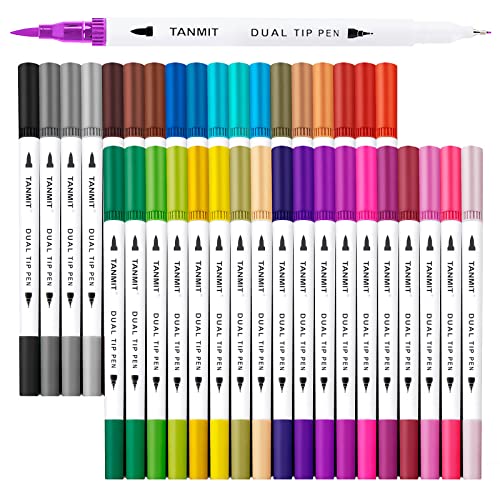
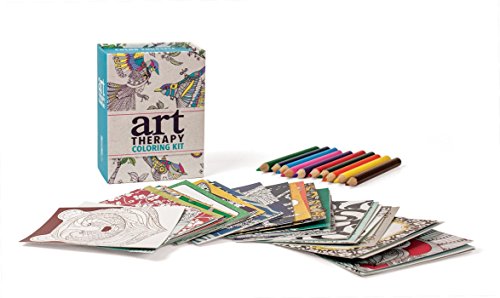
![[3]Paper Mate 70502 Pink Pearl Eraser, Medium, 3/Pack](https://bloodandcrayons.com/wp-content/uploads/2023/10/3papermate70502pinkpearlerasermedium3pack-1-150x150.jpg)
![Crayola Air Dry Clay for Kids, Natural White Modeling Clay, 5 Lb Bucket [Amazon Exclusive]](https://bloodandcrayons.com/wp-content/uploads/2023/10/crayolaairdryclayforkidsnaturalwhitemodelingclay5lbbucket-1-150x150.jpg)

